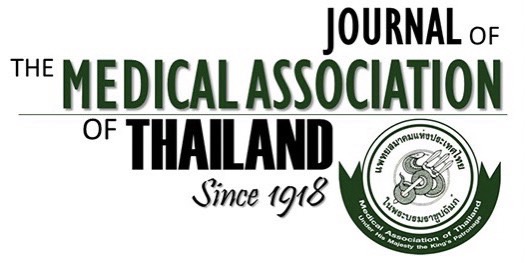Clinical Manifestations, Pathological Correlations, Prognostic Factors, and Outcomes of Severe Acute Postinfectious Glomerulonephritis with Rapidly Progressive Glomerulonephritis in Children
Nattaphorn Hongsawong¹, Songkiet Suwansirikul², Wattana Chartapisak¹
Affiliation : ¹ Division of Pediatric Nephrology, Department of Pediatrics, Faculty of Medicine, Chiang Mai University, Chiang Mai, Thailand; ² Department of Pathology, Faculty of Medicine, Chiang Mai University, Chiang Mai, Thailand
Objective: To describe clinical spectrum, as well as biochemical and histological factors that could predict severe presentations and renal outcomes among children with rapidly progressive glomerulonephritis (RPGN) due to postinfectious glomerulonephritis (PIGN).
Material and Methods: A retrospective cohort study was conducted at Chiang Mai University Hospital, Thailand between February 2008 and January 2018. Ninety-six pediatric patients with PIGN were recruited. Clinical presentations, disease courses, laboratory data, renal histopathology, treatment, and outcomes were analyzed. Compare clinical manifestation and outcome between the two groups.
Results: The median age (interquartile range, IQR) was 11 (8 to 13) years with a male-to-female ratio of 1.8:1. RPGN was identified in 51.04% (49/96 patients). PIGN children with RPGN exhibited a higher prevalence of nephrotic range proteinuria (69.4% versus 53.2%, p=0.04), nephrotic syndrome (46.9% versus 17%, p=0.002), and hypoalbuminemia (81.3% versus 53.8%, p<0.0001) compared with those without RPGN. Multivariate analysis revealed that anuria, and hypoalbuminemia were predicting factors of RPGN [odd ratios 0.07 (95% CI 0.01 to 0.77), p=0.03 and 0.23 (95% CI 0.08 to 0.69), p=0.006, respectively]. Follow-up data were available among 78 patients (81.3%) with a median follow-up time of 762 (256.3 to 1,293) days. Complete remission was identified in all of PIGN without RPGN but only 71.4% in the RPGN group. Kaplan-Meier analysis revealed that patients with RPGN had a longer recovery time of generalized edema at 14 days (95% CI 12 to 15.9) versus 9 days (95% CI 7 to 12), p=0.023; proteinuria at 16 weeks (95% CI 11 to 20.8) versus 8 weeks (95% CI 4.25 to 15.75), p<0.0001; and impaired glomerular filtration rate (GFR) of nine weeks (95% CI 4.8 to 13.2) versus two weeks (95% CI 1 to 8), p=0.003. Subgroup analysis of prognostic factors of PIGN with RPGN revealed that high BMI z-score and kidney replacement therapy (KRT) requirement were associated with poor renal outcomes.
Conclusion: Hypoalbuminemia and anuria were predictive factors of RPGN in PIGN. High BMI z-score and low GFR required acute KRT were predictive factors of poor renal outcomes.
Received 27 June 2022 | Revised 6 January 2023 | Accepted 16 January 2023
DOI: 10.35755/jmedassocthai.2023.03.13805
Keywords : Postinfectious glomerulonephritis; Acute post streptococcal glomerulonephritis; Rapidly progressive glomerulonephritis; Children



